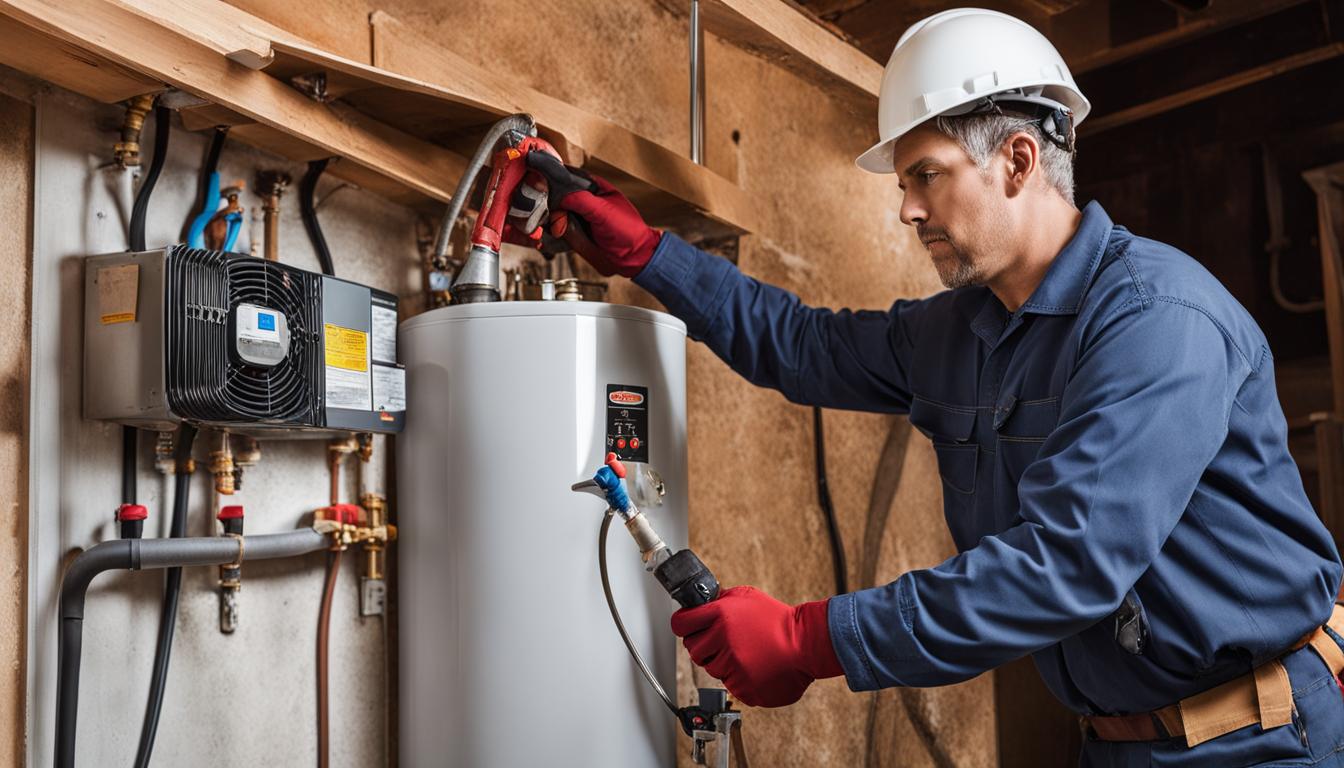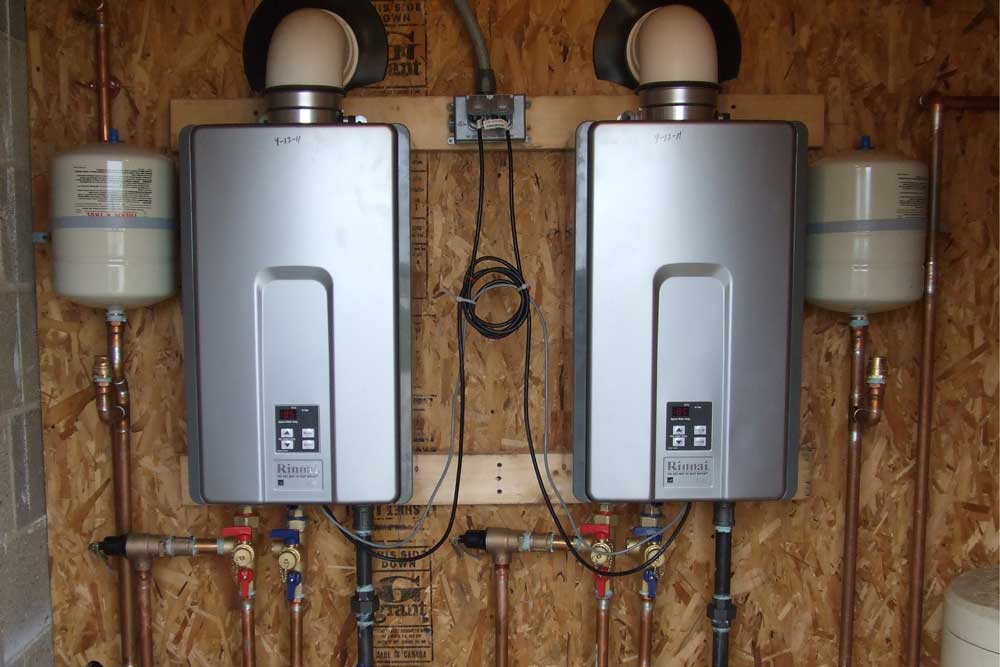Just how do you really feel when it comes to Water Heater Maintenance Tips You Can't Afford to Forget?

Hot water is crucial for day-to-day convenience, whether it's for a refreshing shower or washing recipes. To guarantee your hot water system runs efficiently and lasts much longer, routine maintenance is vital. This short article provides practical pointers and understandings on how to keep your home's hot water system to avoid disturbances and expensive repairs.
Intro
Maintaining your home's warm water system may seem daunting, however with a few simple actions, you can ensure it operates efficiently for many years to come. This guide covers everything from recognizing your warm water system to DIY upkeep ideas and recognizing when to employ specialist aid.
Value of Preserving Your Hot Water System
Normal upkeep not only extends the life-span of your warm water system however also guarantees it runs effectively. Neglecting upkeep can cause decreased performance, higher energy costs, and even early failure of the system.
Signs Your Warm Water System Requirements Maintenance
Recognizing when your hot water system requires attention can stop major problems. Keep an eye out for indications such as irregular water temperature, odd sounds from the heating unit, or corroded water.
Understanding Your Warm Water System
Before diving into upkeep tasks, it's practical to understand the fundamental parts of your hot water system. Commonly, this includes the hot water heater itself, pipelines, anode rods, and temperature level controls.
Month-to-month Maintenance Tasks
Routine monthly checks can assist capture small problems prior to they escalate.
Flushing the Hot Water Heater
Purging your water heater eliminates debris buildup, enhancing performance and prolonging its life.
Checking and Changing Anode Rods
Anode poles prevent rust inside the container. Inspecting and replacing them when worn is important.
Evaluating and Readjusting Temperature Settings
Changing the temperature level setups ensures ideal efficiency and safety and security.
Do It Yourself Tips for Maintenance
You can carry out a number of upkeep jobs on your own to keep your hot water system in top problem.
Looking for Leakages
Routinely examine pipelines and links for leakages, as these can bring about water damages and higher bills.
Evaluating Pressure Relief Valves
Evaluating the stress safety valve ensures it works appropriately and prevents excessive pressure accumulation.
Shielding Pipelines
Insulating hot water pipelines lowers heat loss and can save energy.
When to Call a Specialist
While do it yourself maintenance is advantageous, some problems call for professional knowledge.
Complicated Concerns Calling For Specialist Aid
Examples include major leakages, electric troubles, or if your hot water heater is consistently underperforming.
Routine Professional Maintenance Perks
Expert maintenance can consist of complete examinations, tune-ups, and ensuring compliance with safety standards.
Conclusion
Regular maintenance of your home's hot water system is vital for effectiveness, durability, and expense financial savings. By following these tips and knowing when to seek professional help, you can ensure a dependable supply of hot water without unexpected disruptions.
How to Maintain an Instant Hot Water Heater
Before tinkering with your hot water heater, make sure that it’s not powered on. You also have to turn off the main circuit breaker and shut off the main gas line to prevent accidents. Also turn off the water valves connected to your unit to prevent water from flowing into and out of the appliance. 2. When you’re done, you have to detach the purge valves’ caps. These look like the letter “T” and are situated on either side of the water valves. Doing so will release any pressure that has accumulated inside the valves while at the same time avoid hot water from shooting out and burning your skin. 3. When the purge valves’ caps are removed, you have to connect your hosing lines to the valves. Your unit should have come with three hoses but if it didn’t, you can purchase these things from any hardware or home repair shops. You can also get them from retail stores that sell water heating systems. Read the user’s manual and follow it to complete this task properly. When the hosing lines are connected, open the purge port’s valves. 4. You should never use harsh chemical cleaners or solutions when cleaning your unit. Make use of white vinegar instead. It should be undiluted and you’ll probably use about 2 gallons. 5. Now flush your water heater. This task should probably take about 40 minutes. We can’t give you specific directions for this because the procedure is carried out depending on the type, model and brand of your heater. With that being said, refer to the user’s manual. 6. When you’re done draining the unit, you have to turn off the purge port valves again. Remove the hosing lines that you earlier installed on each of the water valves. Put the valve caps (purge port) back in their respective places and be very careful so as not to damage the rubber discs that are found inside these caps. 7. Now that everything’s back in place, check your user’s manual again to find out how to reactivate your water heating system. 8. Once it is working, turn one of your hot water faucets on just to let air pass through the heater’s water supply pipes. Leave the tap on until water flows smoothly out of it. https://www.orrplumbing.com/blog/2014/september/how-to-maintain-an-instant-hot-water-heater/

Hopefully you liked our post about What Kind of Maintenance Do Water Heaters Need?. Thanks so much for taking the time to read through our piece. You should pause to share this blog post if you liked it. I am grateful for being here. Come back soon.
Book An Estimate Now